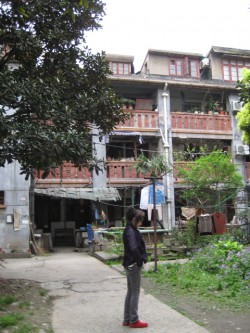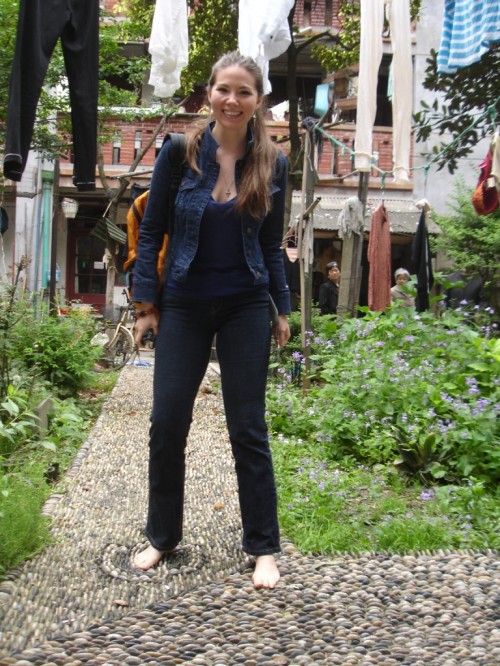In between copy-edits, finishing up the novella, and some other writing work, I haven’t had much time to explore Shanghai since I arrived last week. Yesterday, however, a friend and I went hopping around the city, and we spent some time in the remarkable Old Jewish Ghetto.
Jewish history in Europe has been discussed at great length, but what many people don’t realize is the role that China—and this city in particular—played during World War Two, when thousands upon thousands of refugees arrived in Shanghai to escape Nazi persecution. There was already an established Jewish presence in the city, due to traders who had arrived in the mid-1800’s (along with a few thousand Ashkenazi Jewish refugees who arrived later from Russia), but in the late thirties when most of the world began denying visas to those Jews who needed to flee the Nazis, Shanghai became the only option left—because no visas were required for entering the city. Almost 30,000 arrived over a few short years. Of course, after the Japanese occupation of Shanghai began, these refugees were confined to the Hongkou area (as a compromise with Nazis, I believe, who wanted the Jews packed on boats and set adrift at sea to die…though my understanding of the history may be fuzzy there).
Seen below is Ward Row Heim, one of five group shelters for the most impoverished of the Jewish refugees. Very crowded. Many people died in this place simply from poor conditions (and, likely, malnutrition). Of course, now it’s filled with local Chinese, and there’s quite a lovely ambiance (at least from outside). You can see me standing on the foot-massager path in the garden. Personally, I’ll take fingers over sharp little rocks any day.



We also visited Ohel Moshe Synagogue, just up the street, which was recently renovated and turned into a breathtakingly lovely museum. If you’re ever in China, you really must go there—actually, take a walk around that entire neighborhood—which at this point it seems will be preserved, though a huge amount of architectural history has been lost already in the surrounding area due to developers.


There’s more, though this space is inadequate to give any solid handle on this rich, fascinating, history. I recommend further reading.